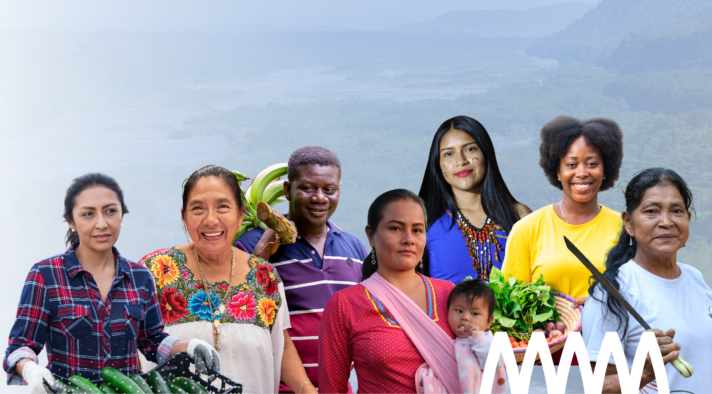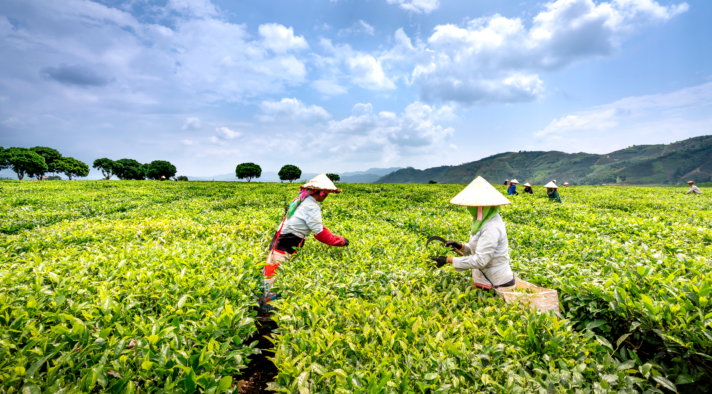As part of its ongoing efforts to highlight regional leadership on Just Resilience, Regions4 launched the 2025 Just Resilience Photo Contest under the theme “Regions in Action”, inviting members to submit photographs showing what Just Resilience looks like in their regions. The contest aimed to showcase how regional governments and communities are building resilience through inclusive and equitable approaches to address climate change, biodiversity loss and achieve the Sustainable Development Goals (SDGs).
The results were officially announced during the Regions4 General Assembly on 19 June 2025. Entries were reviewed by the Regions4 Steering Committee, which selected one winning photo and four honourable mentions. The winning photo will be featured as the cover of the 2025 Annual Report and in the upcoming Policy Brief on Just Resilience ahead of COP30.
These photos tell powerful stories of just and resilient leadership, offering a window into how regional actors are shaping fair and inclusive responses to climate, environmental and social challenges. We invite you to explore the inspiring stories behind the winning photo and the honourable mentions showing the diverse ways Regions4 members are advancing Just Resilience on the ground.
Winner:
Government of Québec with the photo “Building Differently with the Nubian Vault“
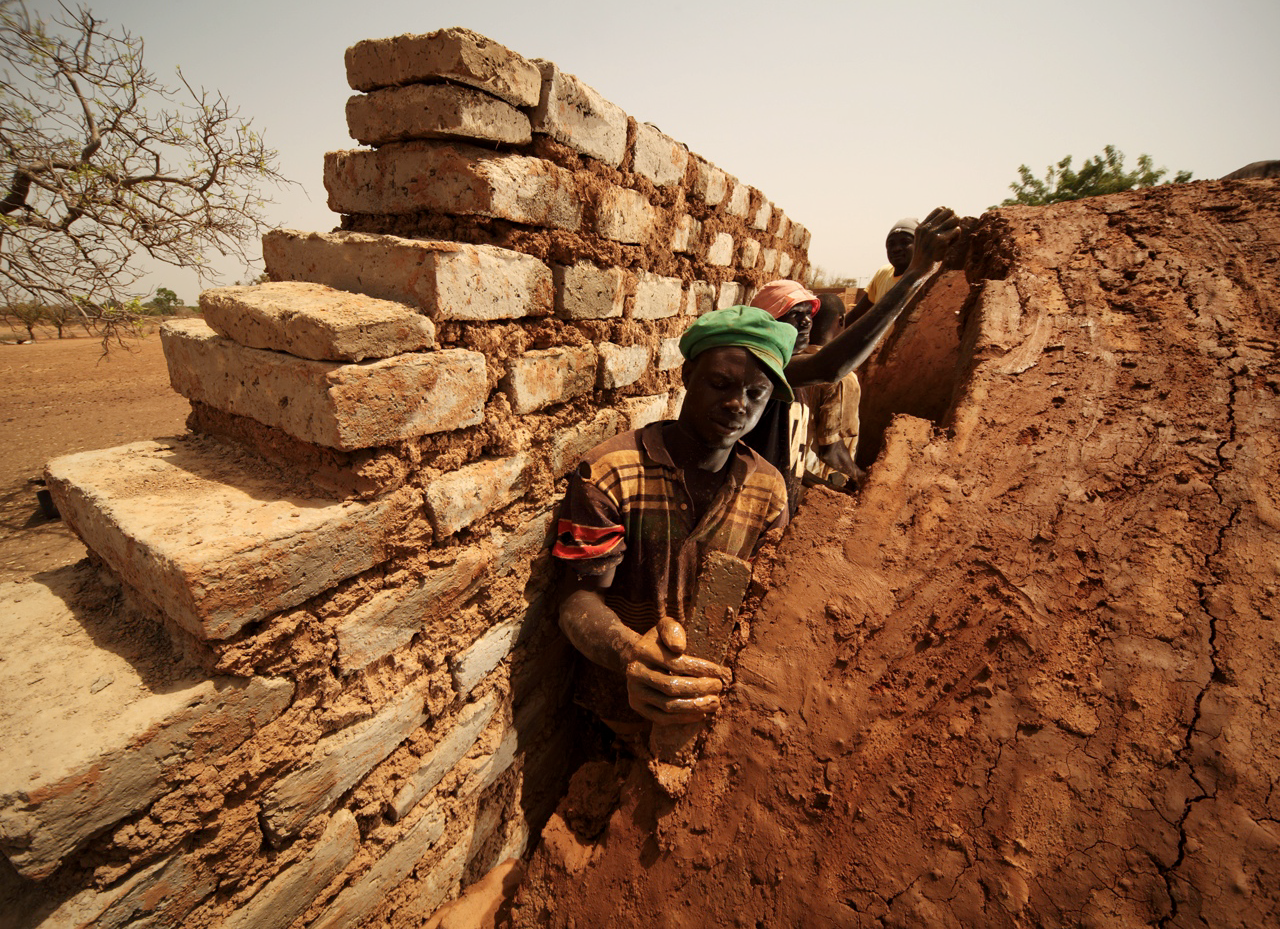
The winning photograph showcases a transformative project in Burkina Faso led by the Nubian Vault Association. The project, “Building Differently with the Nubian Vault: for Low-Carbon, Climate-Adapted Buildings and a Green Economy,” received financial support from 2017 to 2020 from the International Climate Cooperation Program, led by the Government of Québec and Regions4 member.
This initiative exemplifies the fusion of traditional knowledge and innovation to foster a low-carbon, green economy in the Sahel region. The Nubian vault architectural technique, originating from Upper Egypt, is an ancient, low-cost construction method that uses locally available materials. Traditionally, housing in sub-Saharan Africa depended heavily on wood, a resource increasingly scarce and expensive due to deforestation, desertification in the Sahel, and population growth. Many rural inhabitants have turned to metal sheet roofing, which they often import at significant cost, but this material has poor thermal and acoustic properties, and houses with metal roofs typically last only about 10 years.
The Nubian vault technique involves constructing buildings from several layers of raw earth bricks stacked and held in place by a keystone. Adapted to sub-Saharan realities by Thomas Granier and Seri Youlou, this method allows the construction of durable, climate-adapted buildings offering significant thermal comfort and resilience to extreme weather conditions. Buildings constructed using this technique have a lifespan exceeding 50 years, compared to roughly 10 years for traditional homes with metal roofs.
Importantly, the technique avoids greenhouse gas (GHG) emissions associated with the production and transport of cement and metal roofing materials, while also reducing the need for wood cutting. This contributes both to climate change mitigation and sustainable resource use.
The Nubian Vault Association provides training to masons in Sahelian regions to build these homes, enabling local populations to access adequate and sustainable housing. Beyond improved living conditions, the trained masons are encouraged to become independent entrepreneurs, fostering economic development within their communities.
Honorable recognitions:
Basque Country: Sowing Hope in Times of Drought
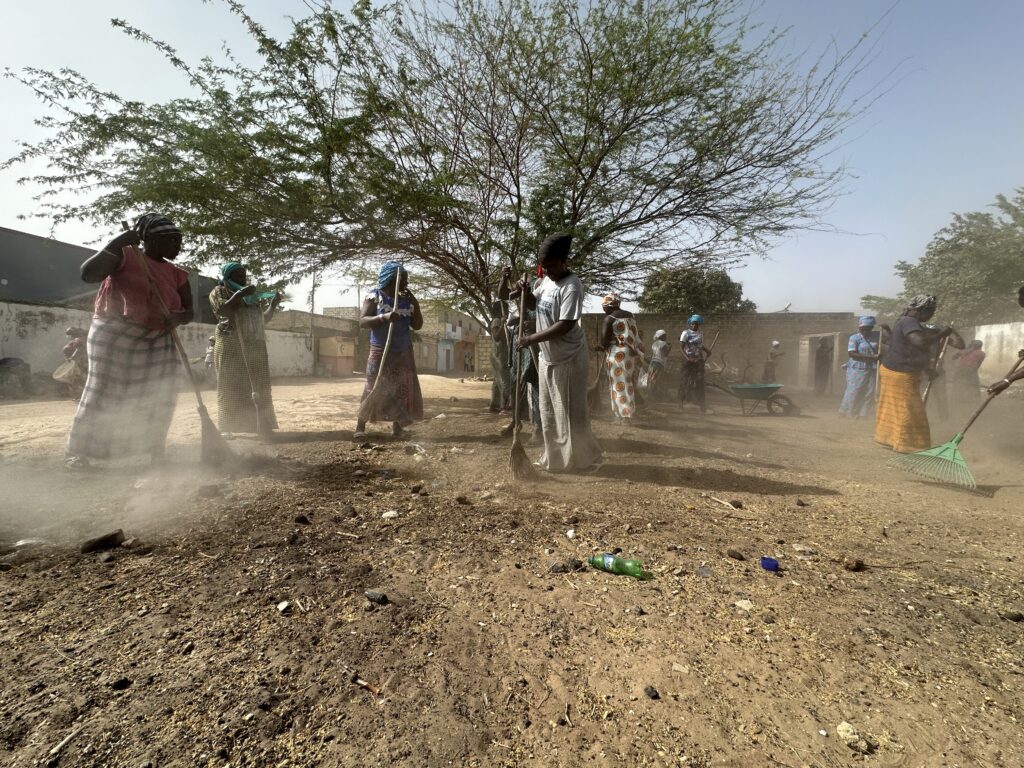
In the Senegalese village of Nianing, women unite to build a more resilient future through sustainable waste management. The photograph “Sowing Hope in Times of Drought” captures the essence of the project “Women’s associations, communities, and local public entities as agents of change in sustainable waste management in Malicounda (Senegal)”, supported by the Public Society of Environmental Management of the Basque Government (Ihobe) and the Basque Agency for Cooperation and Solidarity (eLankidetza).
Launched in December 2024, the two-year project is being implemented with support from Ihobe, eLankidetza, Basque NGOs Nazioarteko Elkartasuna/Solidaridad Internacional and Euleuk, and Senegalese partners FADEC and Association Jeunesse et Santé (AJS). It empowers women’s associations and community groups to defend environmental rights, improve waste management, promote sustainable practices, and advance gender equity through awareness and advocacy campaigns.
Campeche: Roots that Heal, Hands that Restore in the Mangroves of Isla Arena
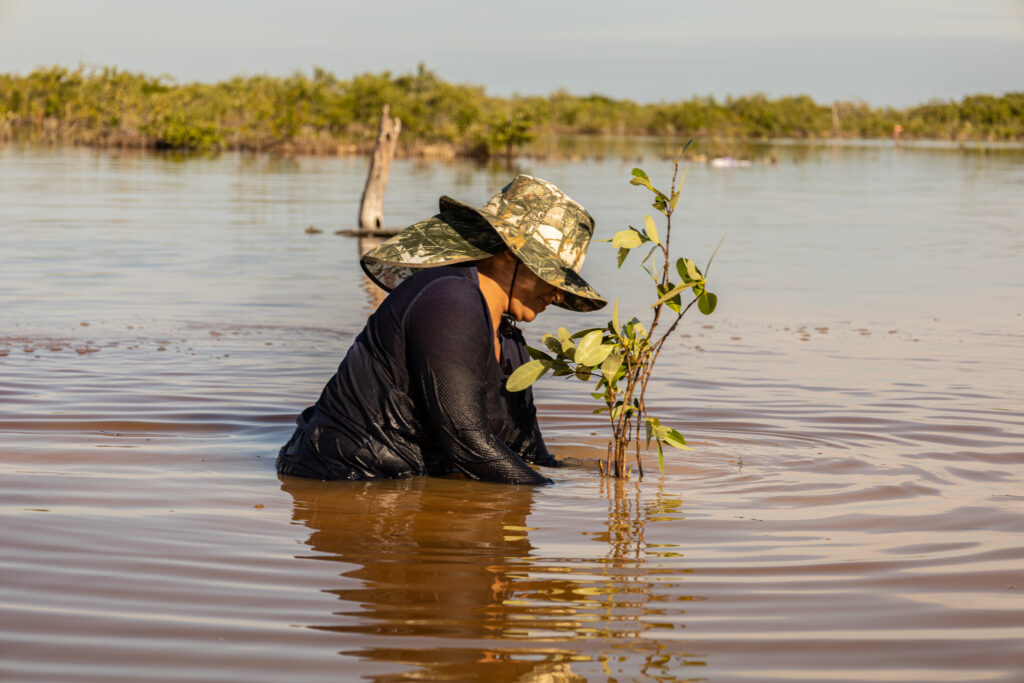
In Isla Arena, Campeche, women lead the restoration of critical mangrove ecosystems. Employing artisanal methods, they have rehabilitated 400 hectares of mangroves and reforested an additional 60 hectares. Supported by the Ministry of Environment, Biodiversity, Climate Change, and Energy of the state of Campeche, Mexico (SEMABICCE), the World Resources Institute (WRI), Ducks Unlimited de México (DUMAC) and PDD, this community-led environmental stewardship safeguards biodiversity and strengthens coastal resilience, securing sustainable livelihoods for future generations.
Wales: Gender Equality and Climate Action in Eastern Uganda
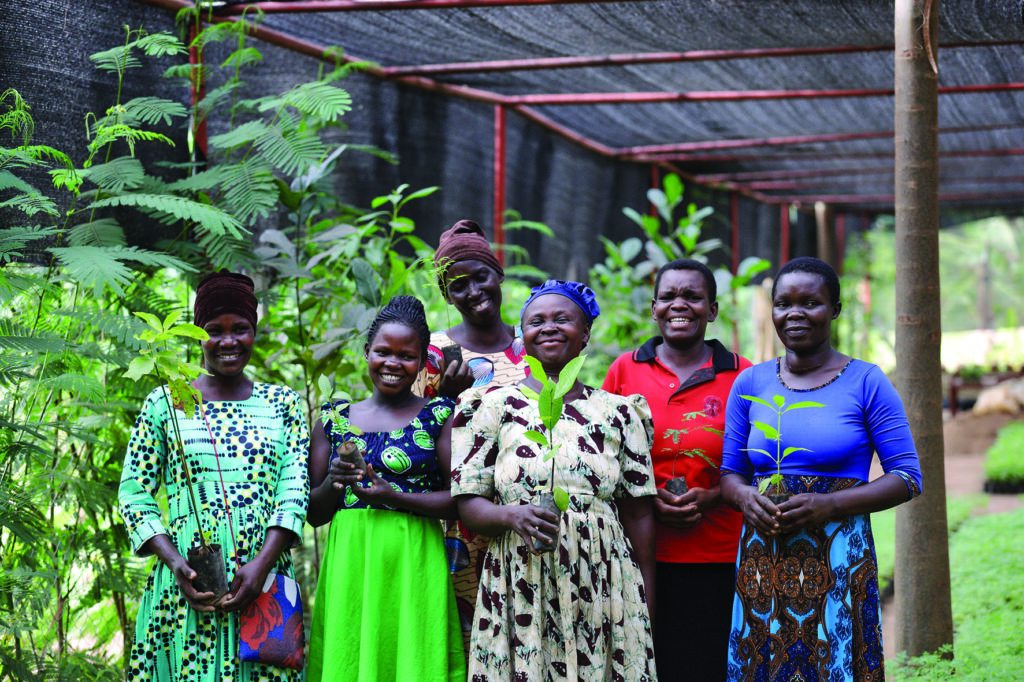
The project “Women Leading Climate Action in Uganda” is led by the Wales based organisation ‘Size of Wales’, with funding from the Welsh Government’s Gender Empowerment Grant. It was co-designed with three Ugandan partners: Mount Elgon Tree Growing Enterprise, Masaka District Landcare Chapter Leadership, and the International Tree Foundation.
Carried out in the Mbale and Masaka districts, the year-long pilot supported women and girls to become leaders in climate action and natural resource management. It created sustainable, climate-resilient livelihoods, such as kitchen gardens, cashew farming, and beekeeping, and helped shift traditional gender roles. Women now report greater confidence, ownership of land, and participation in decision-making, with some preparing to run in local elections.
Yucatán: Sowing Rain, Harvesting the Future: Just Resilience in Maya Communities of Yucatán
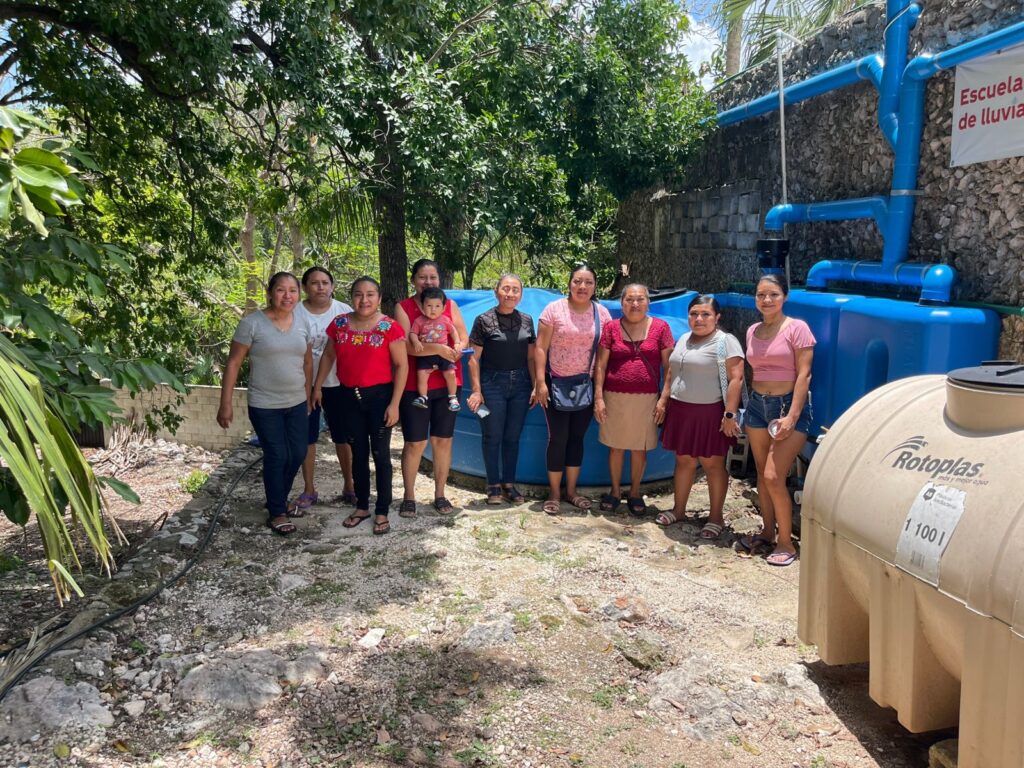
This photo shows a strong example of just resilience in a Maya community in Yucatán. Led by the Government of the State of Yucatán and key partners, the project focuses on installing rainwater harvesting systems to improve water access in schools.
At the Mildred Aguilar Bates Preschool, mothers and young children learn together, but the lack of water was a big challenge. Without a deep well, mothers had to carry water in buckets for the school’s daily needs.
Thanks to collaboration with Bepensa, the Coca-Cola Foundation, Isla Urbana, and Rotoplas, a rainwater harvesting system was installed. More than just new infrastructure, it empowered mothers and teachers to manage the system and promote caring for water. This photo celebrates a Maya community that, through teamwork and determination, has created a fairer and better future. The State Government now wants to bring this model to more schools across Yucatán.
